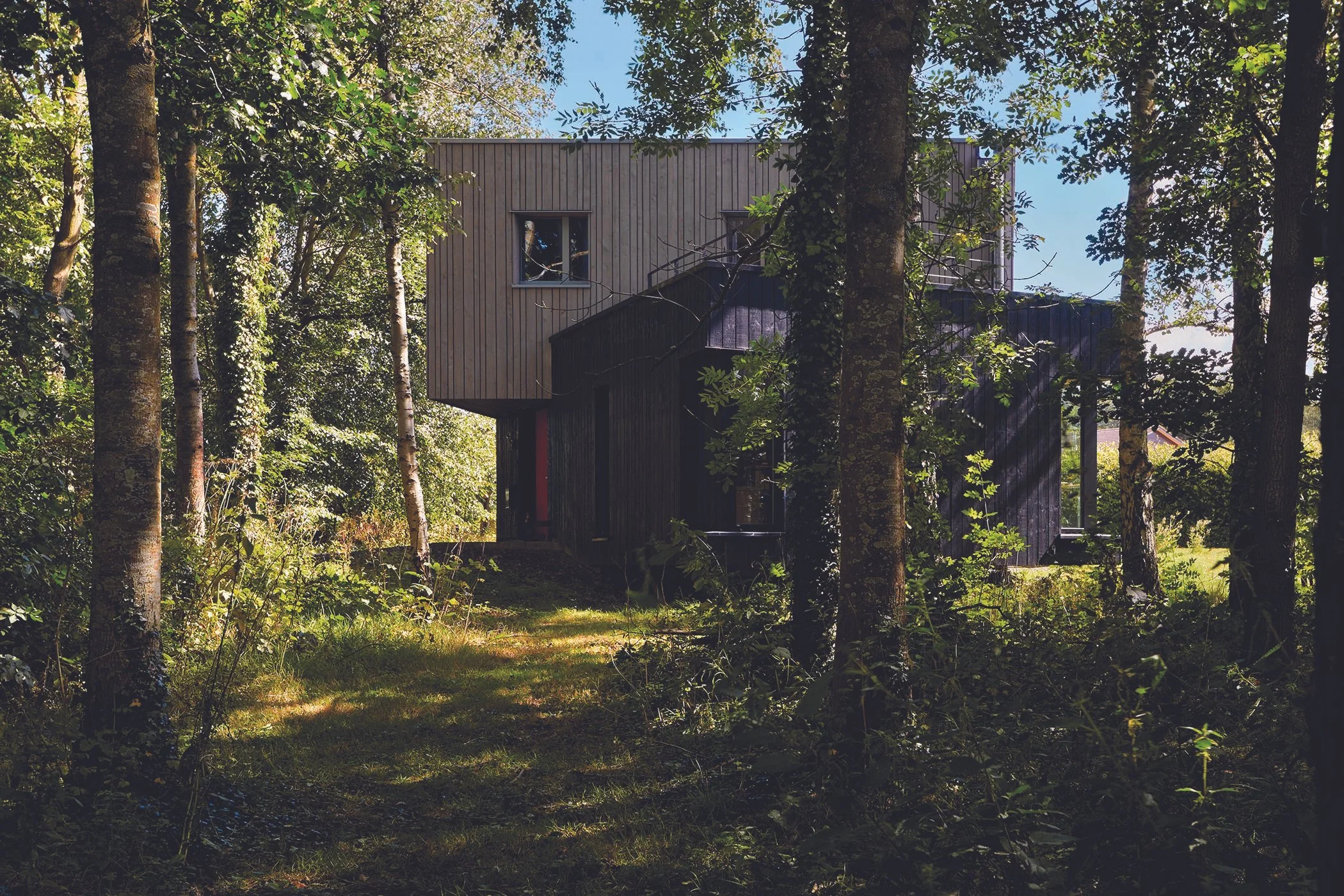What Happens After Planning Permission? Building Regulations Requirements
Gaining planning permission is a significant milestone in any project, but it's just the beginning of bringing your project to life. The next phase involves making sure the building meets safety, energy efficiency, and structural requirements by demonstrating compliance with Building Regulations.
Planning permission primarily focuses on the appearance and use of a building within its location, but it doesn't cover how it is built. Building Regulations set minimum requirements for safety, accessibility and sustainability across the UK. Compliance is required to ensure buildings are fit for purpose and perform efficiently in the long term.
Photo Credit: Carrie Potter
You will need to apply for Building Regulations approval. The responsibility for checking that building regulations have been met falls to building control bodies, either from your local authority or the private sector, in the form of a registered building control approver. The person carrying out the work can choose where to get approval for the building work. If you are employing a builder to do your work, you should be clear from the start whether they are taking responsibility for ensuring that the building work complies with building regulations and whether they are taking responsibility for liaising with building control. If the builder is registered with a recognised competent persons scheme, they may be able to self-certify some or all the work they are doing.
Building Regulations approval can be obtained through either:
A Full Plans Application – Where drawings and specifications are submitted and checked by Building Control before work starts. You will be required to submit detailed architectural drawings, specifications, and relevant documents to the local building control authority. These comprehensive submissions provide building control officers with a thorough understanding of your project. You’ll also get a completion certificate within 8 weeks of completion of the building work as long as it complies.
A Building Notice – A faster process where work can begin without prior approval but with inspections during construction. Instead of providing detailed plans and documentation, you will submit a basic notice to the local building control authority. This notice typically includes essential information about the proposed work and the intended start date. You do not get formal approval like you do with a full plans application.
You can read more about both types of applications and find out how to apply for approval on the Planning Portal website.
Site Inspections & Compliance During Construction
After construction begins, ongoing inspections by Building Control (or an Approved Inspector) ensure that work complies with regulations. Regular site visits by the architect and other consultants will help maintain quality and resolve issues as they arise.
Completion & Certification
At the end of the build, final inspections are carried out to demonstrate compliance with Building Regulations. If successful, a Completion Certificate is issued, confirming that the building is legally compliant and ready for use.
Post-planning stages can feel daunting, especially if this is your first project. Working closely with an experienced architect and a skilled project team will ensure a smooth transition from planning approval to construction and, finally, completion.


